
The Road to Hana is widely promoted as a ‘must do” excursion for visitors to Maui. The 64-mile highway that connects Kahului with Hana features “narrow winding roads and over 50 bridges, taking you past gorgeous beaches, rugged coastlines, lush forests, waterfalls, pools, and hiking trails.”

It’s also known for bumper-to-bumper traffic (1,500-2,000 cars per day travel this route), ridiculously few parking slots at major stopping points, and scary encounters with other vehicles on the many blind curves (our favorite was navigating past an oncoming school bus on a particularly narrow section of the road).
So is it worth doing? Absolutely (once), and here’s some friendly advice: 1) be prepared to forego some of the cool sights along the way, because you won’t be able to park, and 2) don’t try to do it as a single day trip – too much time driving and not enough time exploring. Instead, spend the night (or even two, as we did) in Hana.
And third, if you want the best possible Road to Hana experience, GO NOW! Tourism on Maui has taken a nosedive since the August wildfires, which means that traffic on the Road to Hana is also much lighter than usual. Plus, the local businesses are open and eager to welcome back visitors.
We made our first two stops on the Road to Hana early in our Maui visit during family time: Ho’okipa Beach Park and the Twin Falls hiking trail. Both were packed with tourists, but parking wasn’t a problem.
Ho’okipa Beach is best known for sea turtles and kite-surfers. We saw many of the former and none of the latter (it was a rare afternoon with light winds).


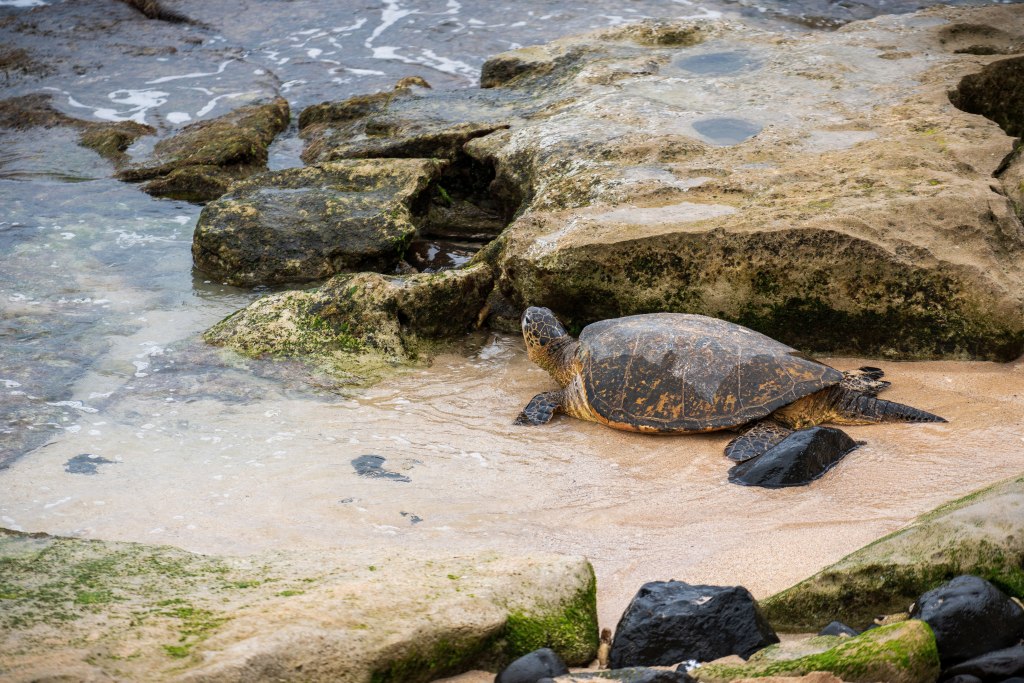


Next, we drove a few miles down the road to the Twin Falls trailhead parking lot. Owen wanted to see “tropical plants and a waterfall,” so this 2 mile round trip hike was perfect. Everyone had a great time.


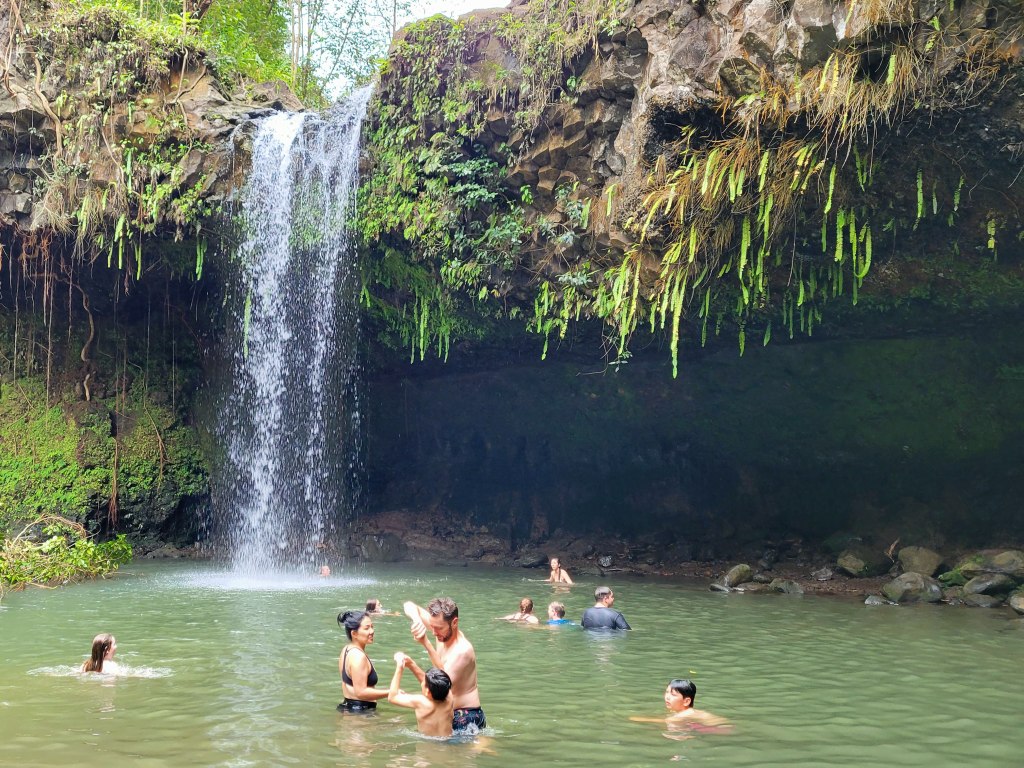
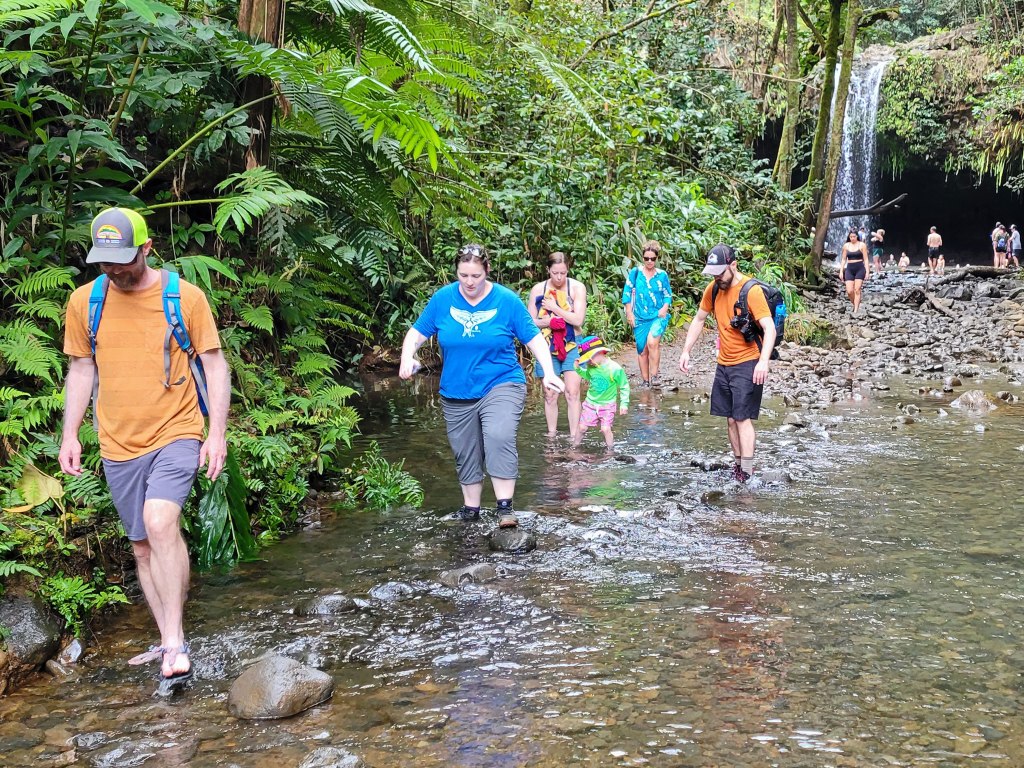
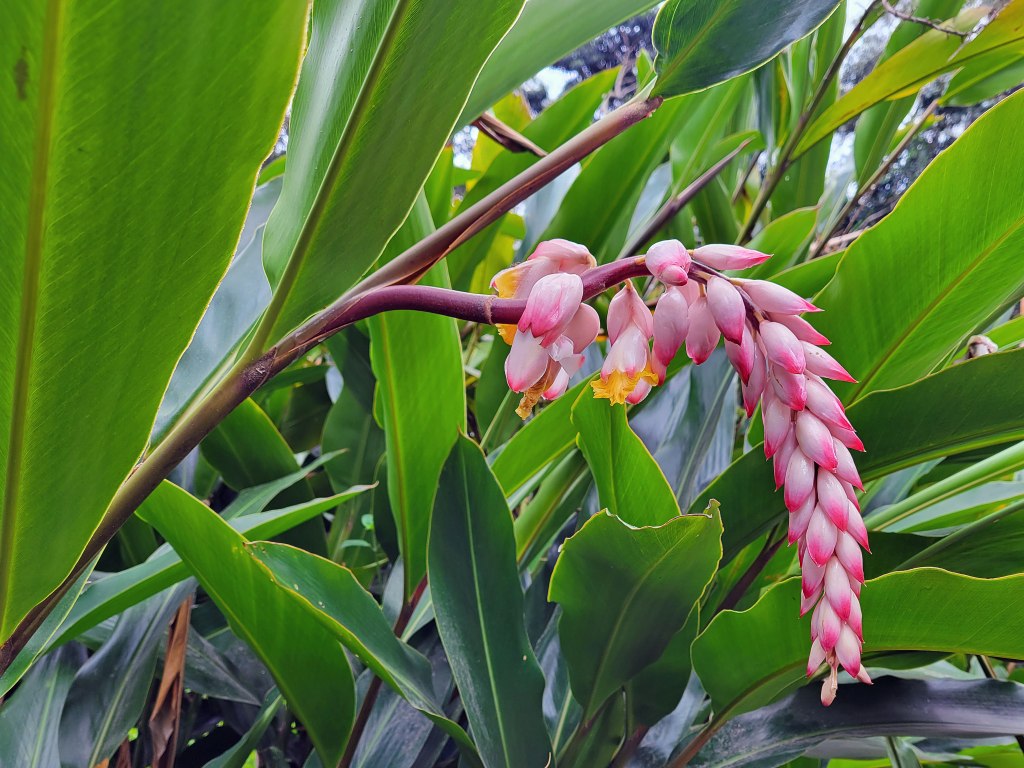
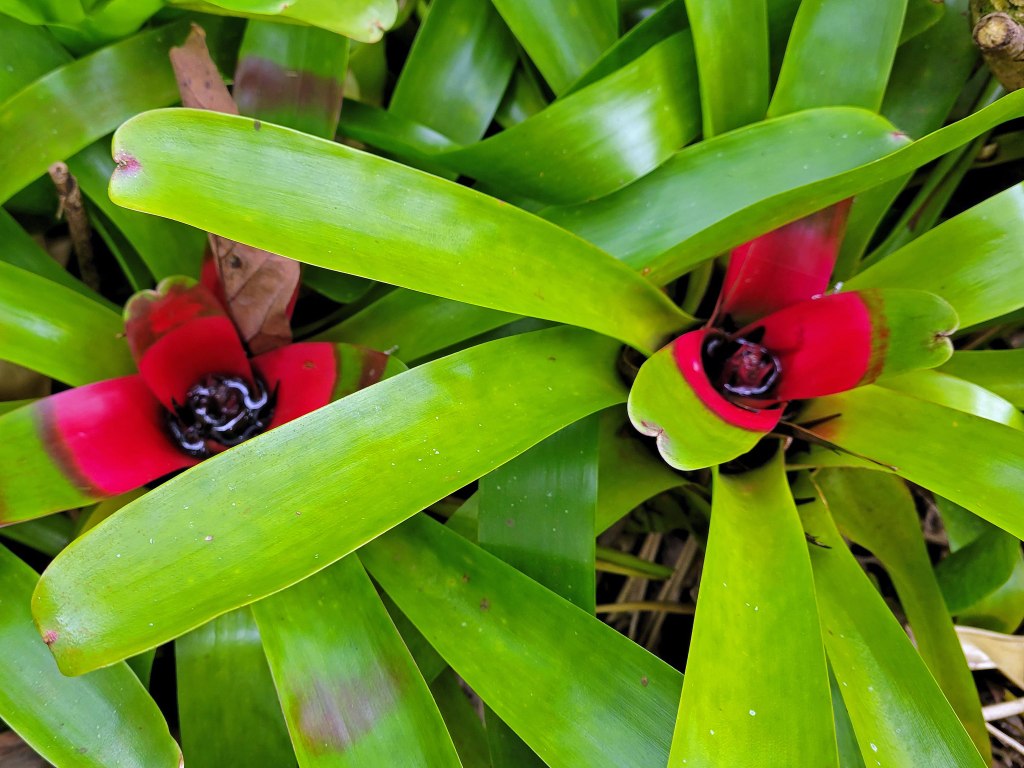


For our solo trip to Hana about a week later, we had a dozen places highlighted for a potential visit, mostly waterfalls and short hikes. Because of parking challenges, we were disappointed to see only three: 1) Garden of Eden, 2) Ke’anae coast, and 3) Pua’a Ka’a State Park.
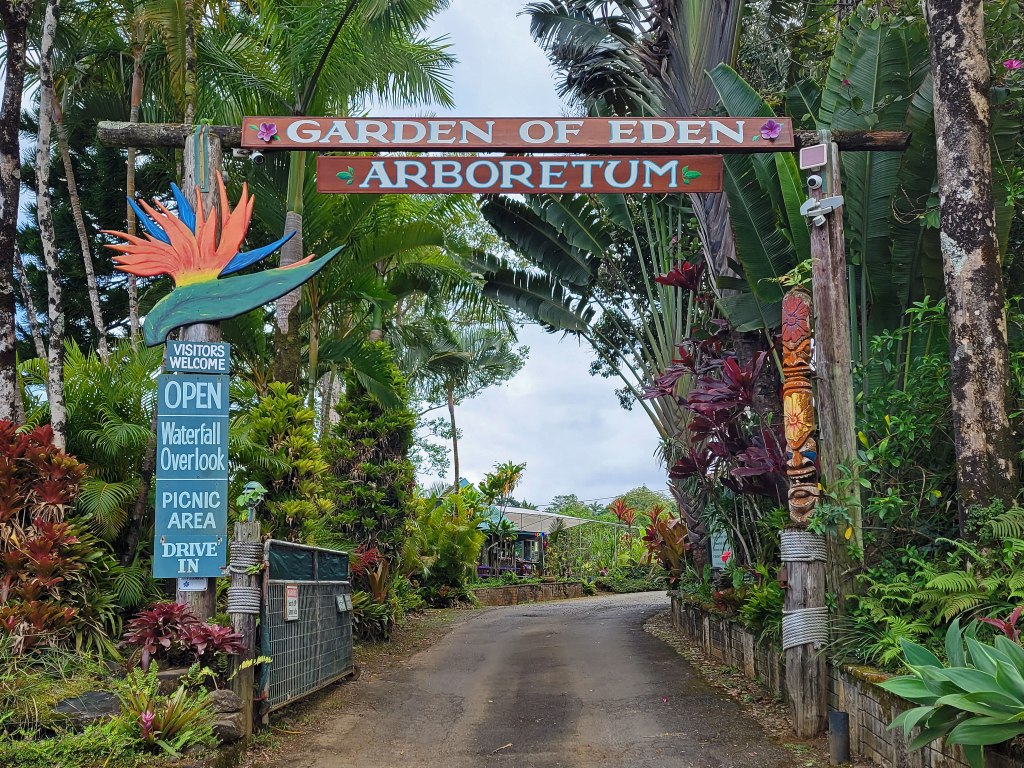
The privately owned 26-acre Garden of Eden Arboretum opened in 1996, with gardens and walking paths that reflect their goal of helping to restore natural ecosystems and promote Hawaii’s native vegetation. It’s a popular stop along the Road to Hana, and we patiently waited for 30 minutes in the queue of vehicles waiting for a parking spot.
The highlights for us were the scenic views, two in particular:
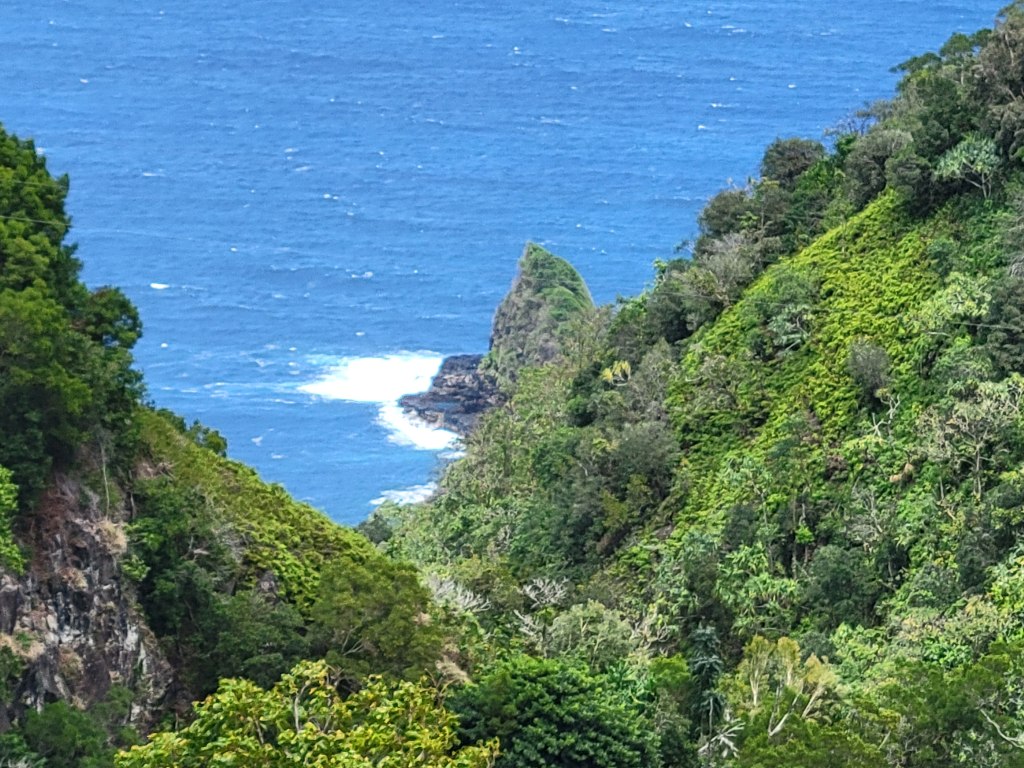

More photos from the Garden of Eden:
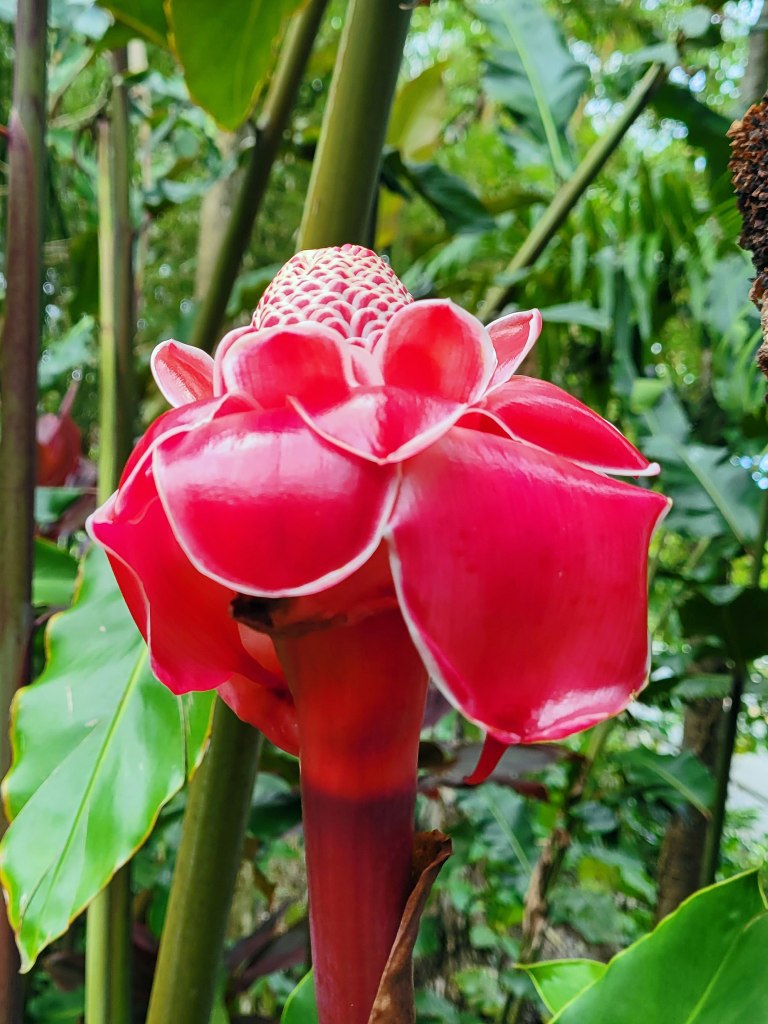
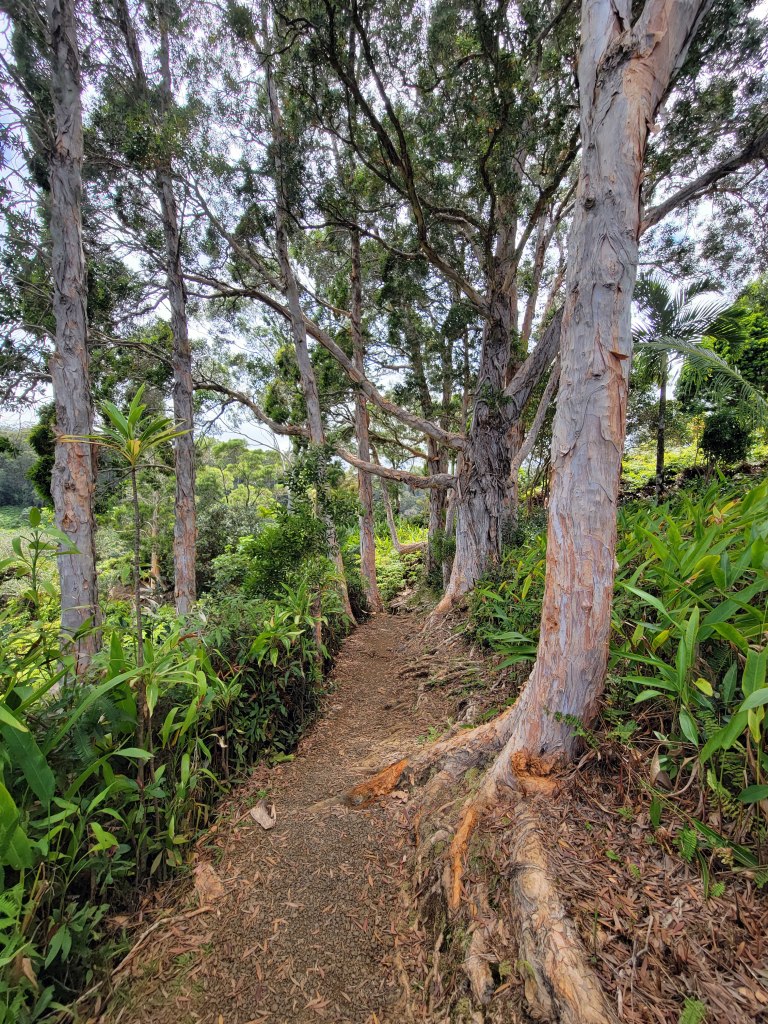

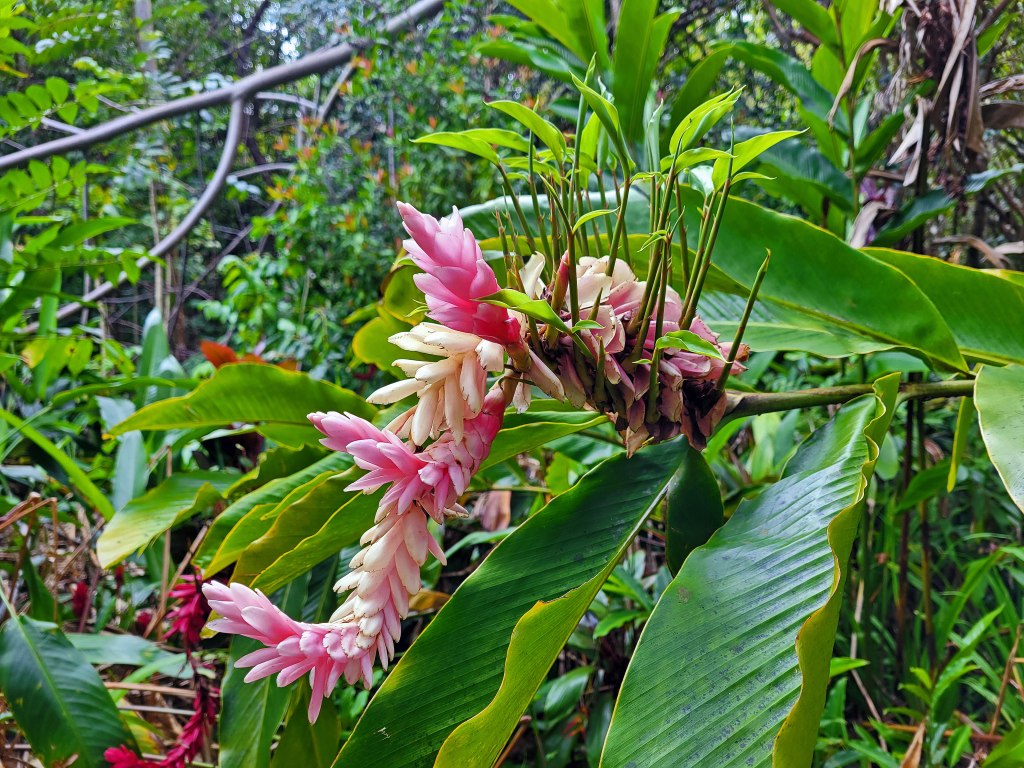

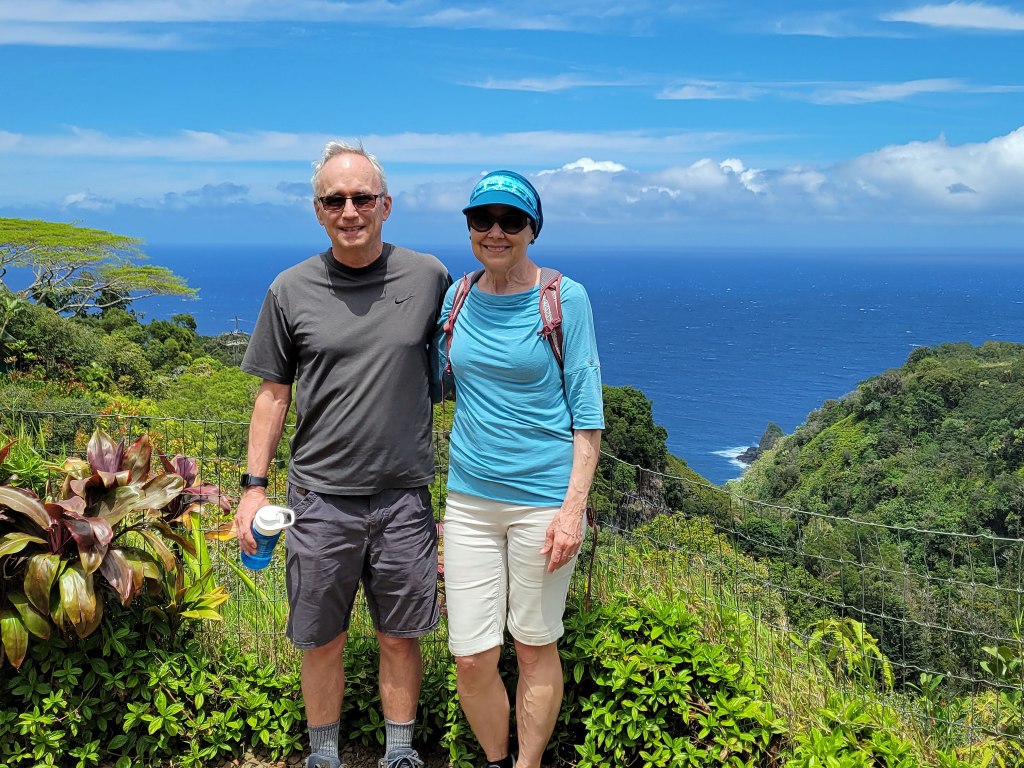
We made a quick stop at Ke’anae – gusty winds and crashing waves:

And another quick stop at Pua’a Ka’a State Park:
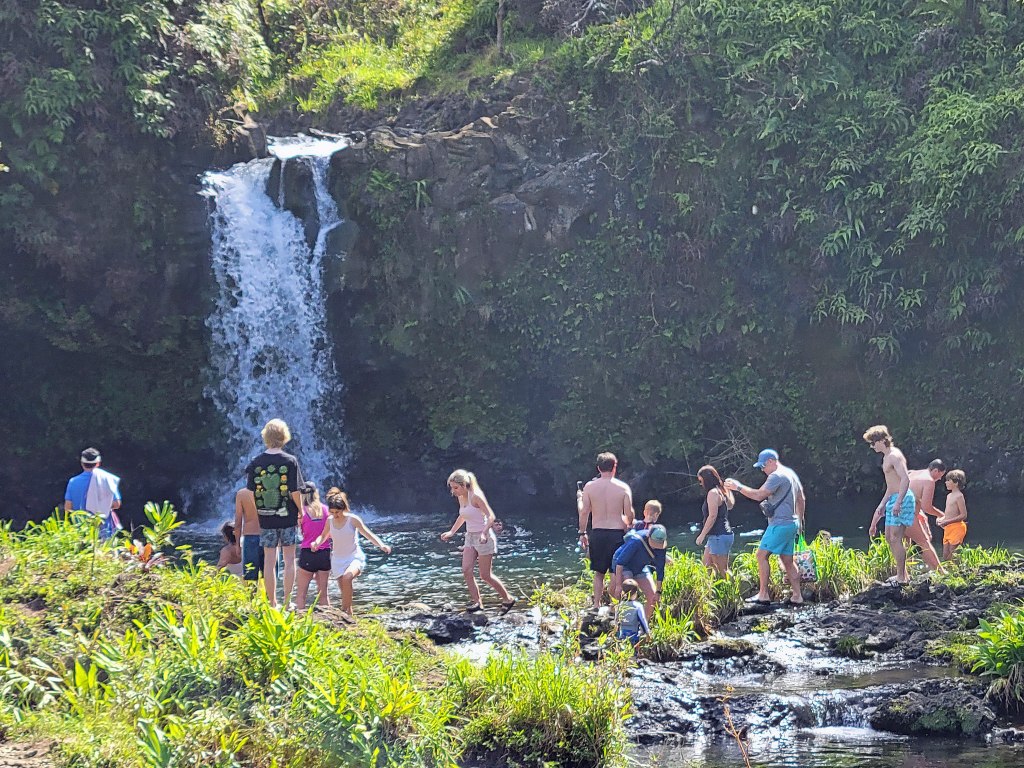
I mentioned earlier that we spent two nights in Hana, which gave us more time to explore. Those extra days were glorious – the best part of our Road to Hana experience. The highlights were 1) Wai’anapanapa State Park (advance reservations required), 2) Kahanu Garden, and 3) Haleakala National Park – Kipahulu Unit.
Wai’anapanapa State Park
First of all, it’s fun just saying the name of the place. Second, it’s a beautiful spot for a hike. And third, advance reservations are required, so it’s not crawling with people. What a lovely way to start our day!
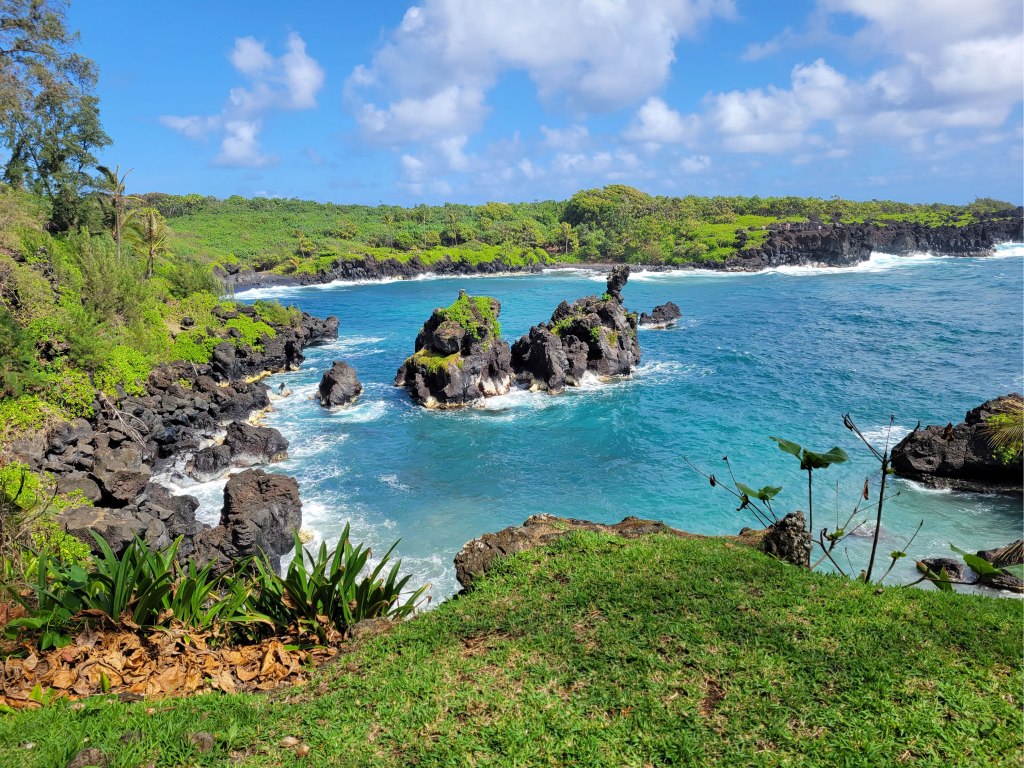



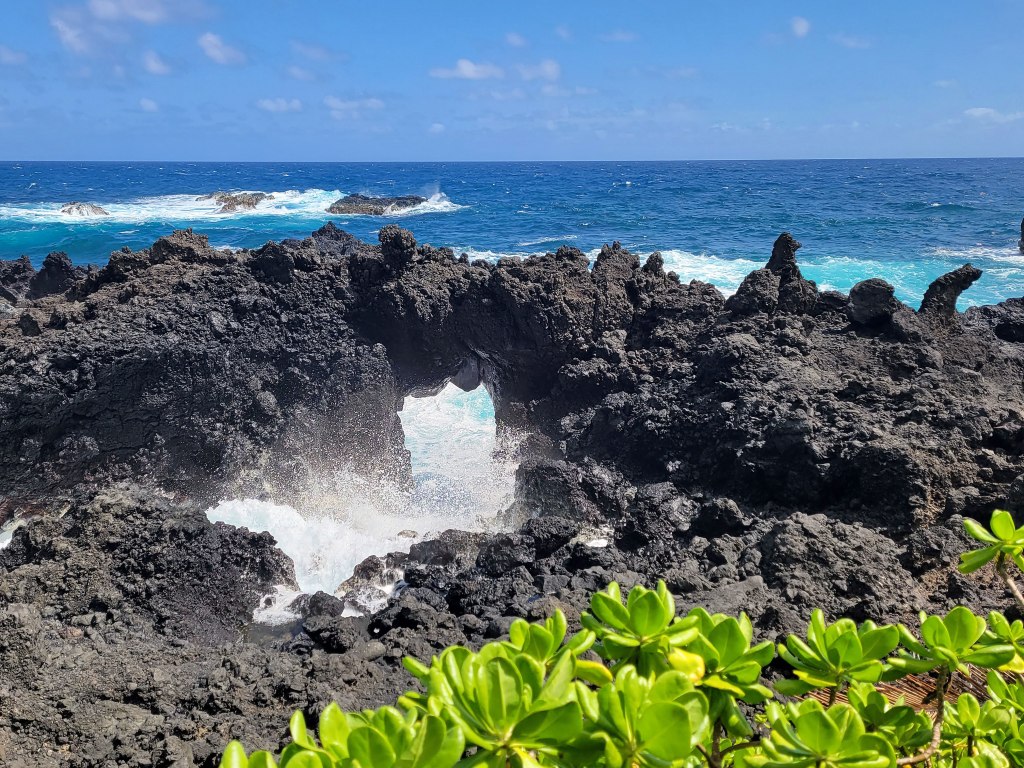

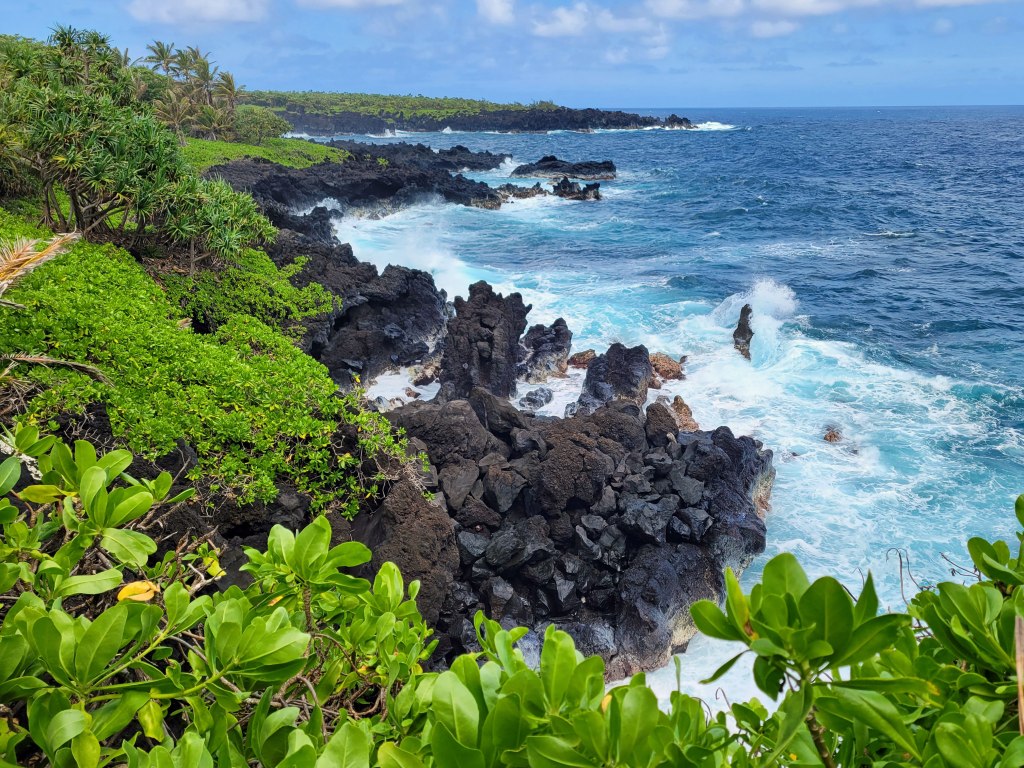
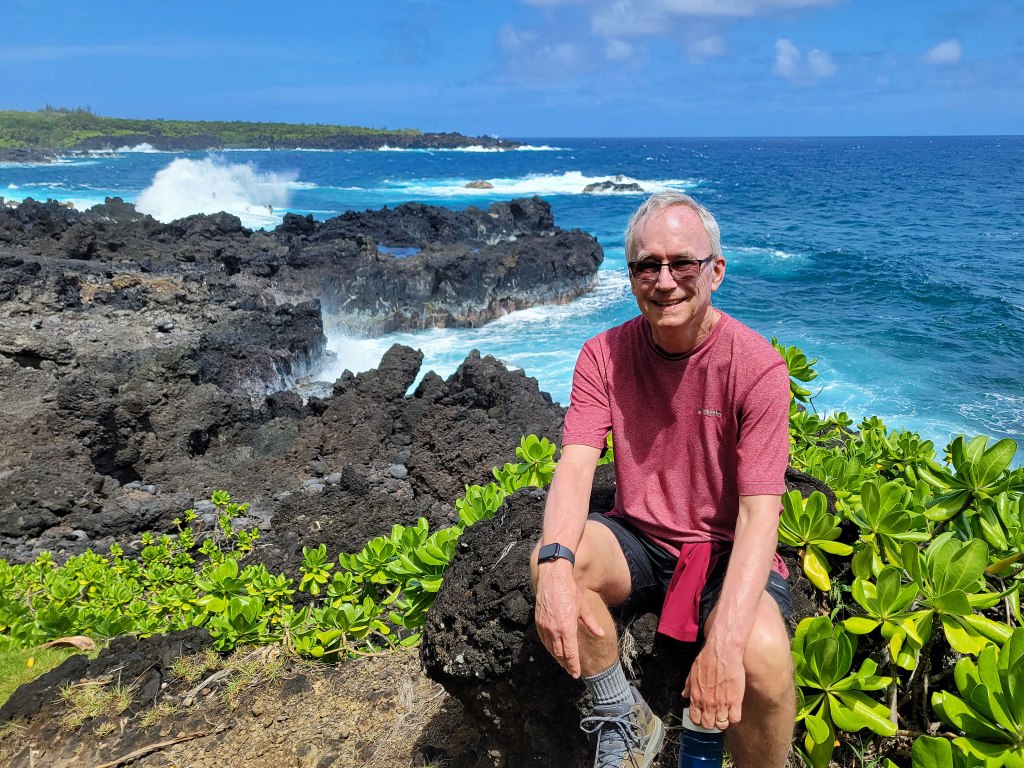
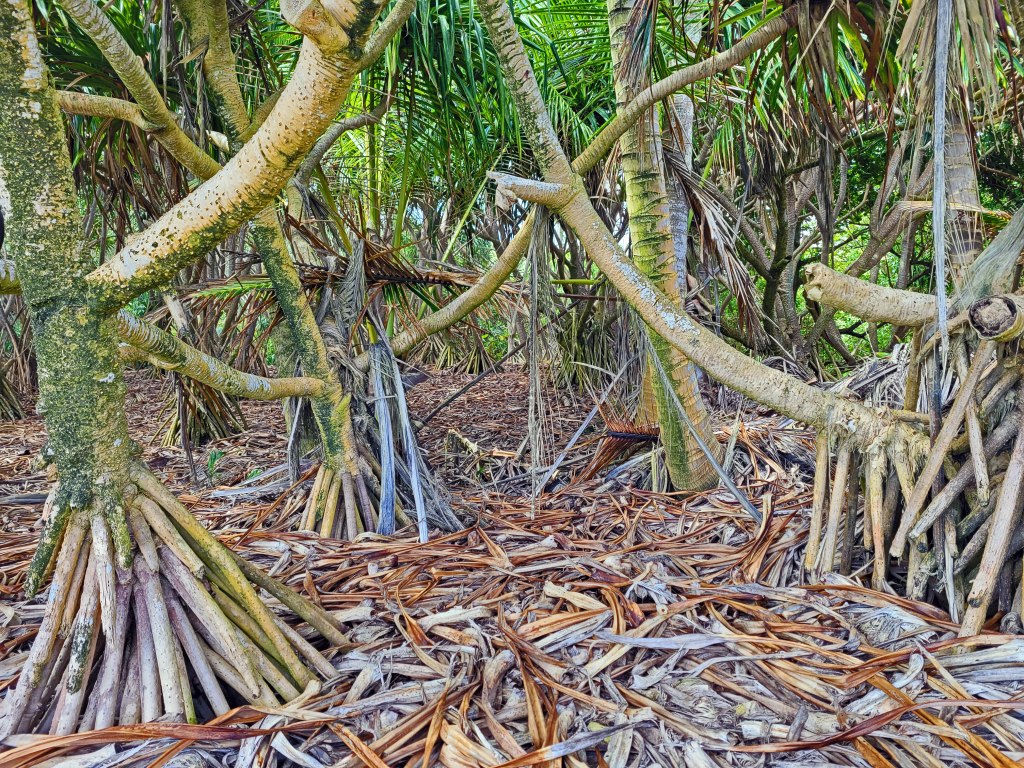
We highly recommend spending some time at Wai’anapanapa State Park.
Kahanu Garden
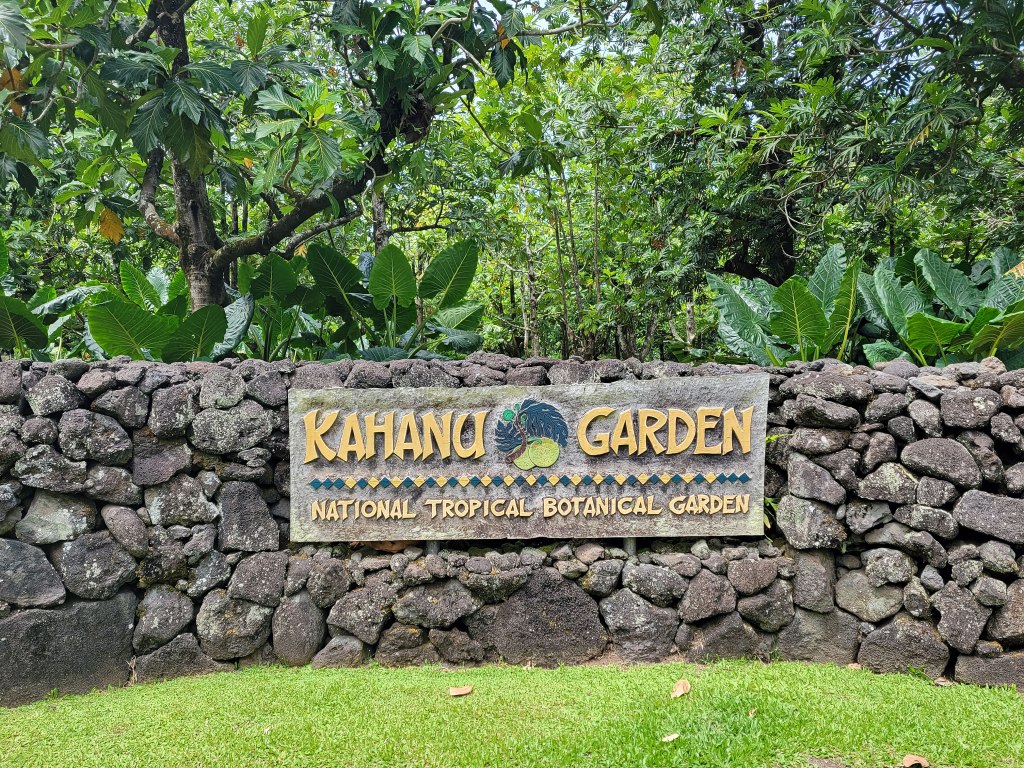
After lunch, we stopped at Kahanu Garden for a leisurely visit. No reservation required, and just a handful of other visitors. It’s a little off the beaten path on a rough road, which likely deters some folks.
Kahanu Garden is a hidden gem – an ethnobotanical garden that focuses on the relationships between Polynesian peoples and the plants they use in their cultures. The garden is laid out well, and there is an excellent guidebook that describes each type of plant in the extensive collection and how it is used.
Interesting and educational, but the plants aren’t especially photogenic. As an example, I’m sharing my photo (below) of the small noni, or Indian mulberry tree, along with its placard and detailed description from the garden’s guidebook.

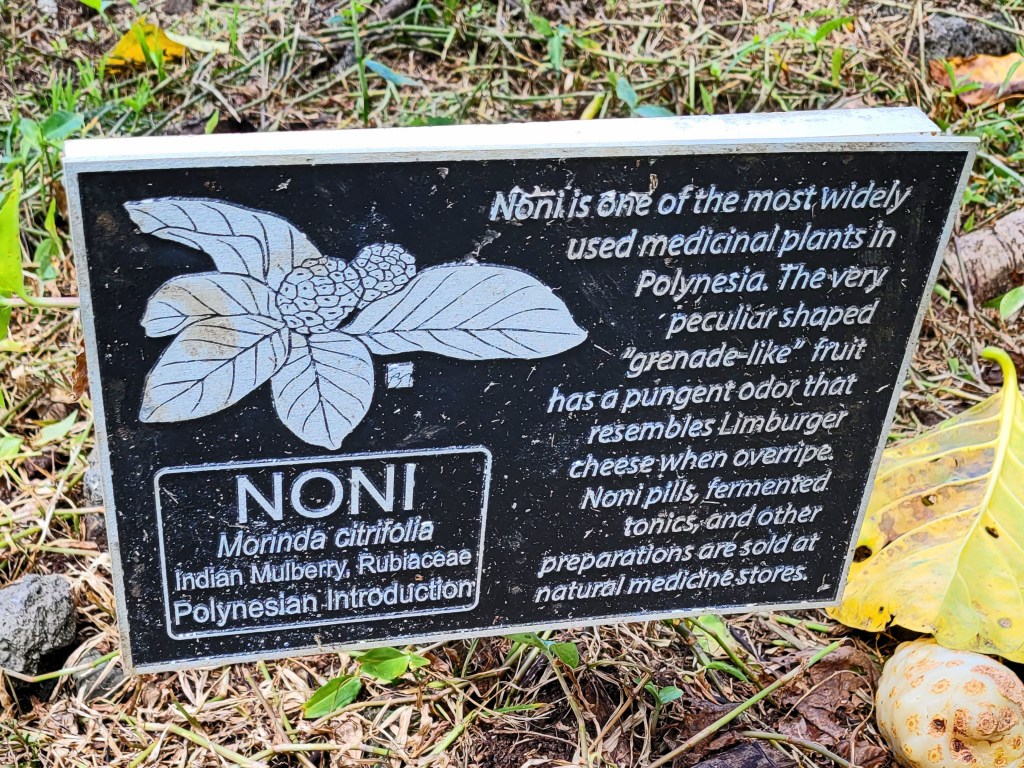

The loulu (shown below) is the only family of palm trees native to Hawaii. No coconuts on these trees, and not many tleft around the islands.

Plants are only part of the story about Kahanu Garden, which sits on sacred ground that is also home to the largest remaining ancient structure in Hawaii – Pi’ilanihale Heiau. (A heiau is a Polynesian place of worship.)

Constructed of basalt rocks hundreds of years ago, this temple is believed to be the largest in the state. It’s been partially restored, through a painstaking reconstruction process that has been underway for 25 years. You can learn more about this interesting structure and its restoration in this brief article by the National Park Service.
Some additional photos from the grounds of Kahanu Garden:
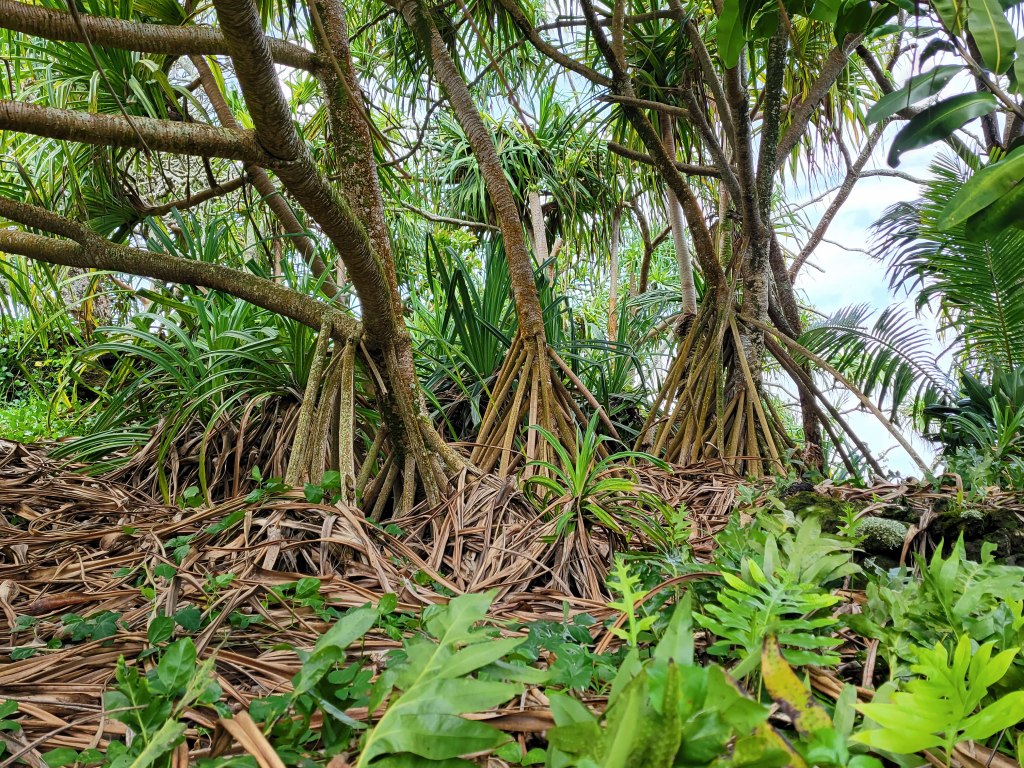
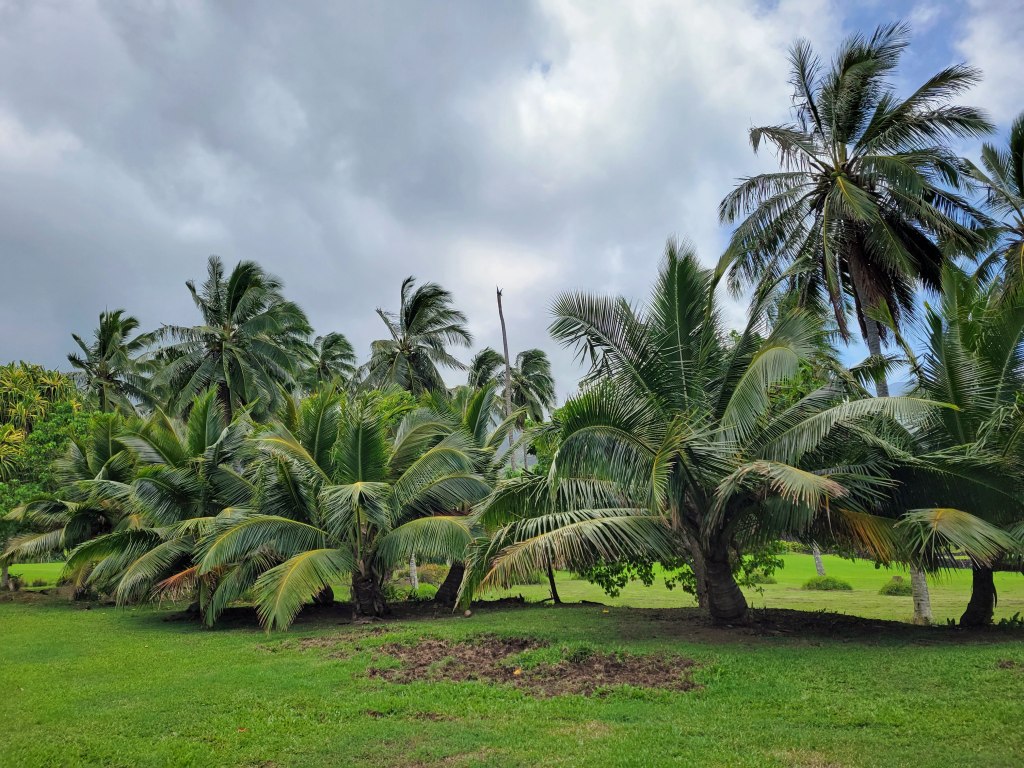
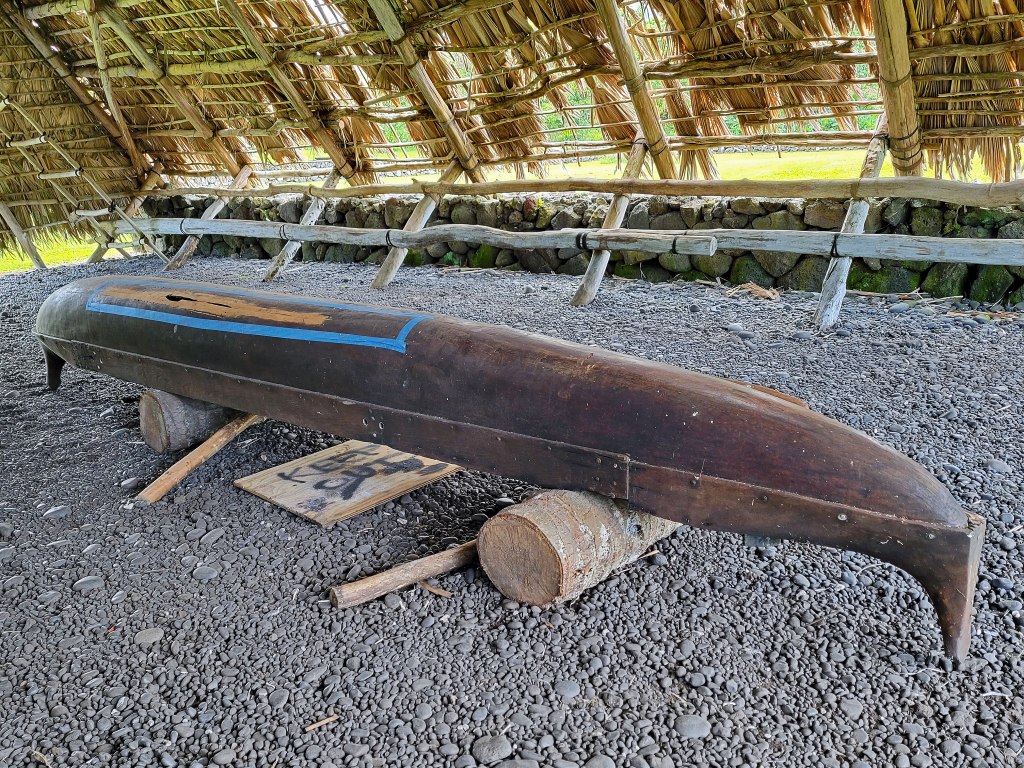
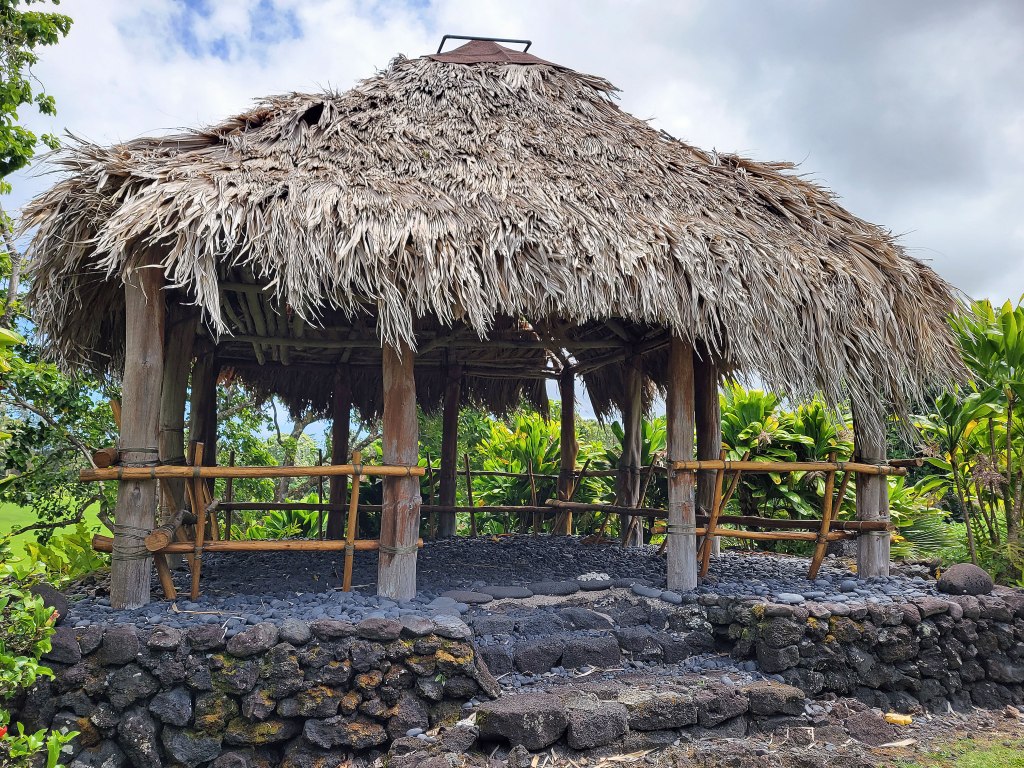


This post is turning out to be much longer than I anticipated, but if you can stay with me for just a couple more minutes . . .
Haleakala National Park – Kipahulu
Ten miles beyond Hana is the coastal section of Haleakala National Park, where the 10,000 foot mountain disappears into the ocean. It was a ‘must do’ for us. After a quick stop at the very nice visitor center, we walked the short, 0.5 mile Kuloa Point loop trail to view the ‘Ohe’o pools (aka the Seven Sacred Pools).

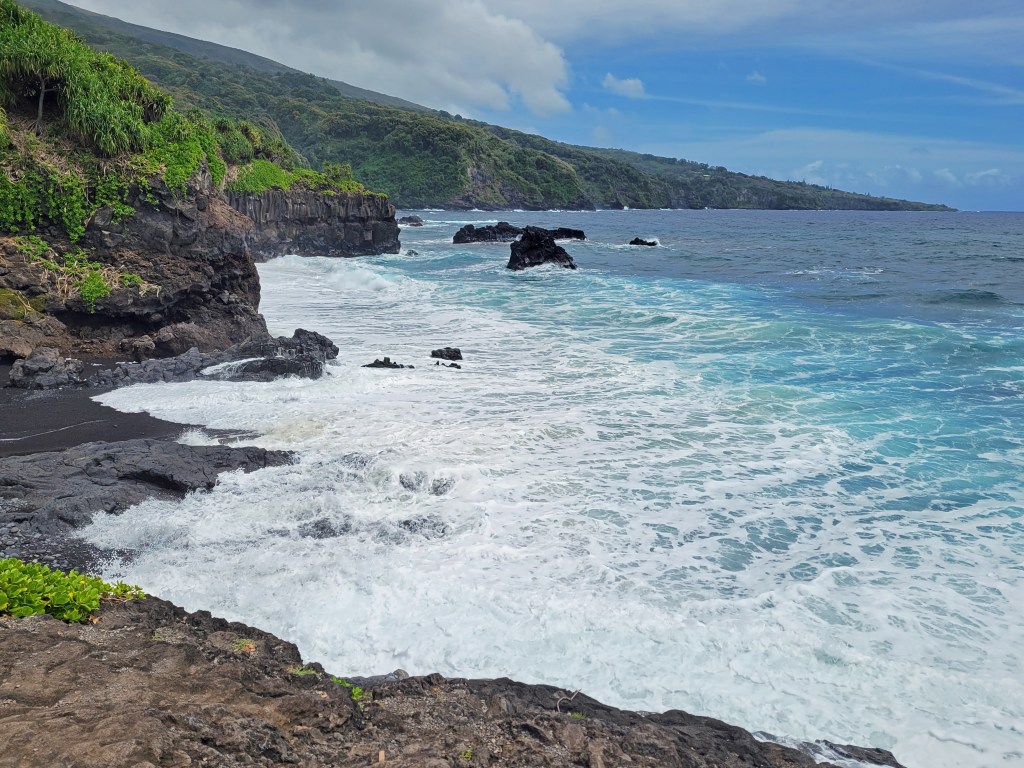
Beautiful scenery, but we didn’t actually see seven pools.
Our plan was to hike the Pipiwai Trail, a 4-mile out and back route with an elevation gain of 800 feet. And we did. We were lucky to be visiting on a day when the trail was mostly dry. Otherwise it’s a gooey, slippery mess, and we would have passed.
Makahiku Overlook is about a half mile in and features a steep drop off and a nice view of Makahiku Falls in the distance. Just beyond the overlook is a large banyan tree that required a photo or two.

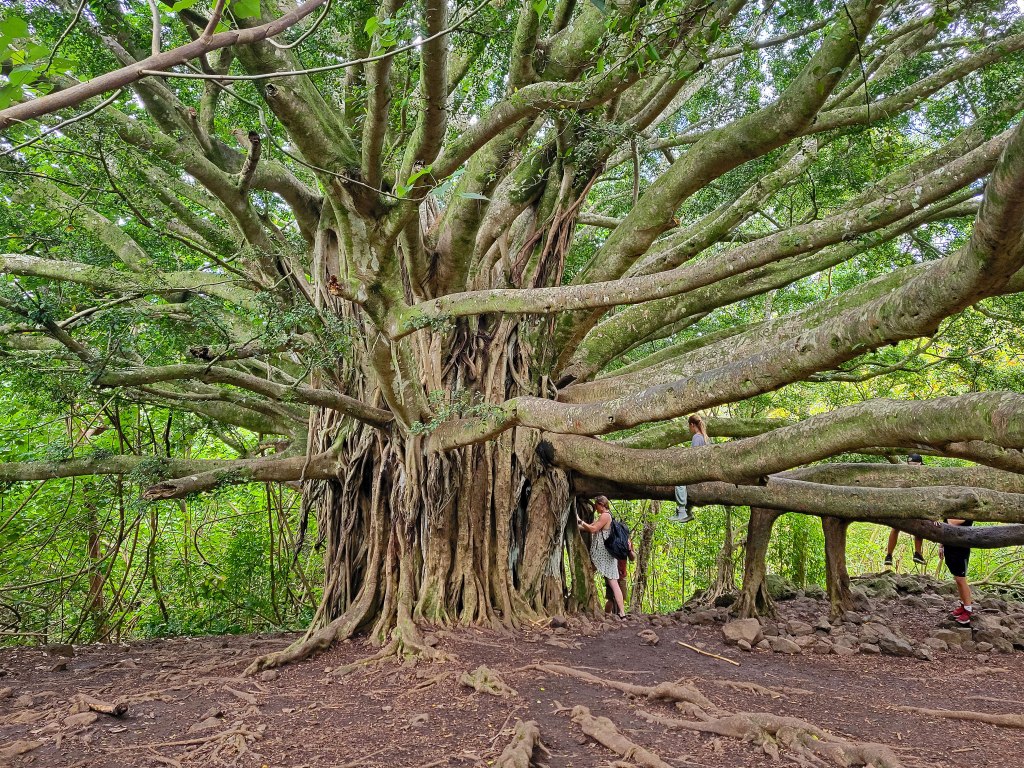
Starting around the one mile point was the bamboo forest – way cool.
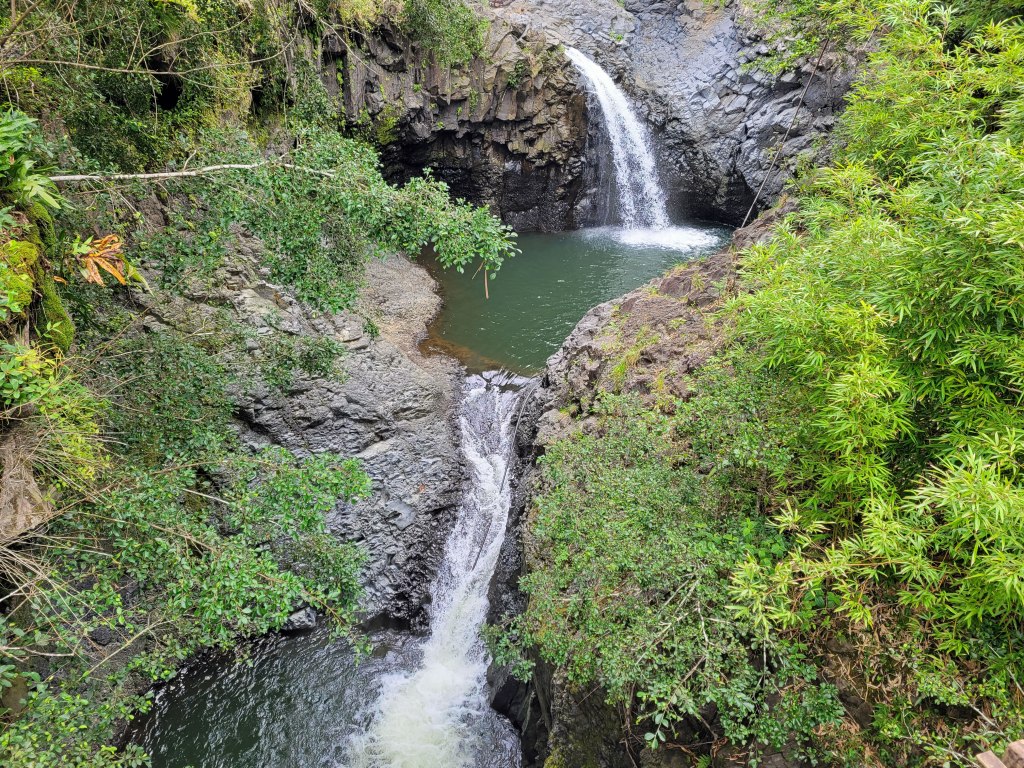


Surrounded by bamboo!
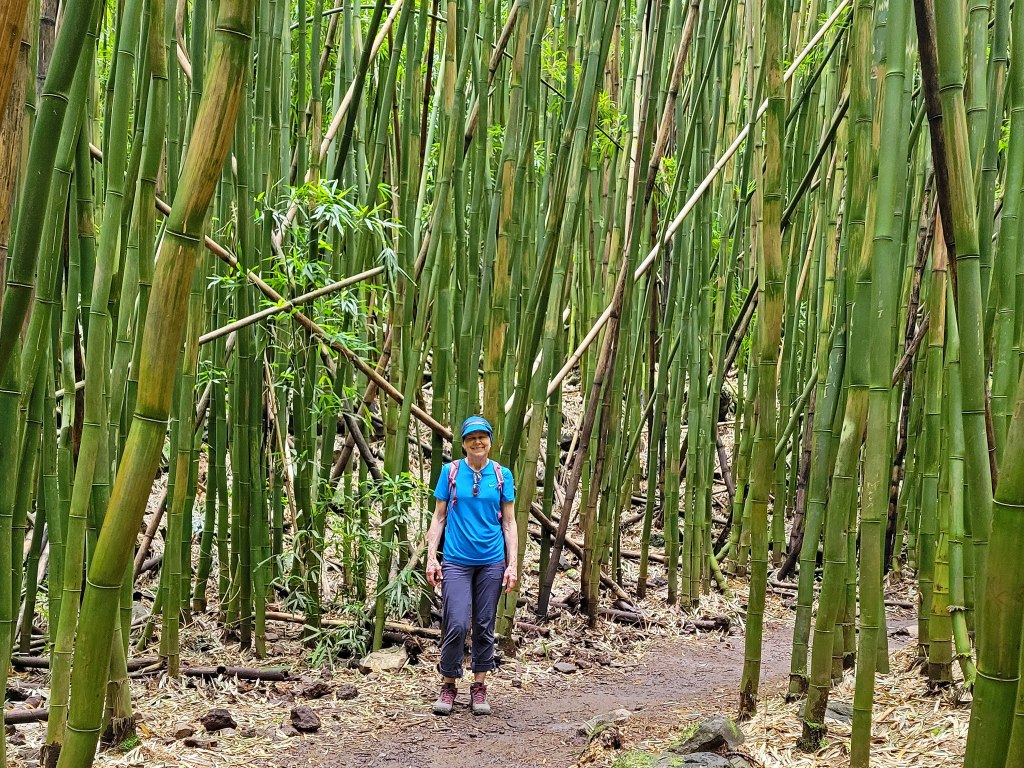
The trail ends at Waimoku Falls, which drops 400 feet down a sheer wall of lava.

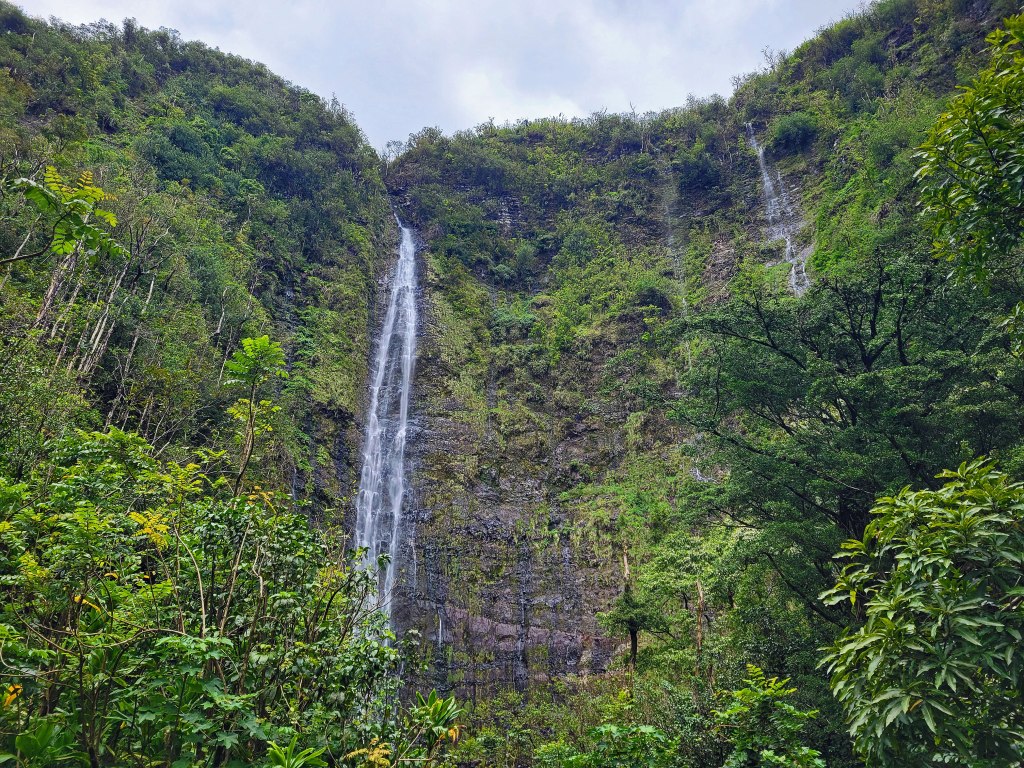
After one of us had a brief rest, we hiked back the way we came.
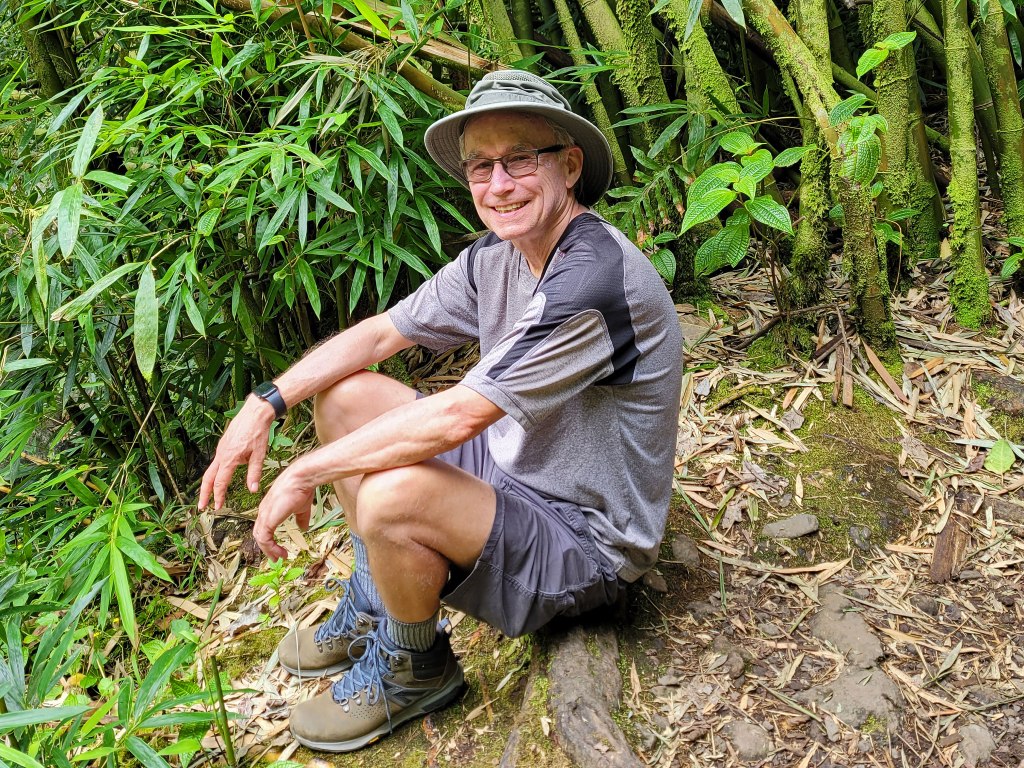
We encountered this creature alongside the trail.

Nothing to celebrate, because feral pigs are a big problem in Hawaii – they can be aggressive toward humans and are highly destructive to the ecosystem.
After our visit to Kipahulu, we said aloha to the Hana area and rather than retracing the route from whence we came, we returned to Kahului via the “upcountry” loop.
Our next post will be the Upcountry area and the rest of Haleakala National Park. Thanks for following along!

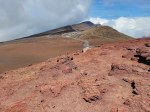

1 comment ›